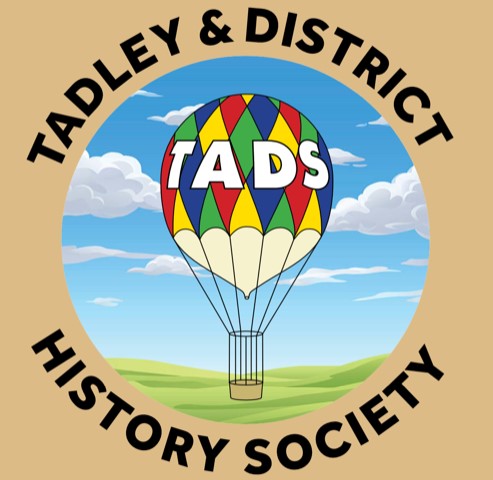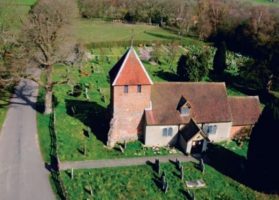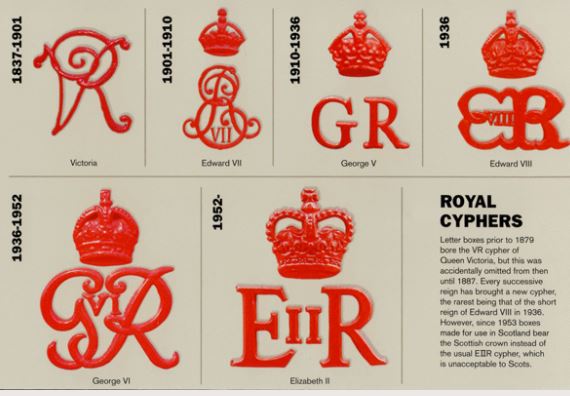Join us for a lively and concise history of Royal Mail and the Post Office from the beginning to the present day given by John Rogers.
In 1840 Uniform Penny Post was launched marking a revolution in the way the postal system could be used. Rowland Hill’s postal reforms opened up the postal system to almost every person in Britain.
Use of the system multiplied rapidly, as a result the earlier systems for collecting, sorting and delivering letters had to change. One such change was in the means of people posting letters.
There are simply thousands of Pillar Boxes across the United Kingdom and the best way to date them is to look at their cypher. This will identify the Monarch that was on the throne during their creation. When the monarch changes, new pillar boxes do not replace old but are added to those in use, and this is why Britain has such an array of boxes.
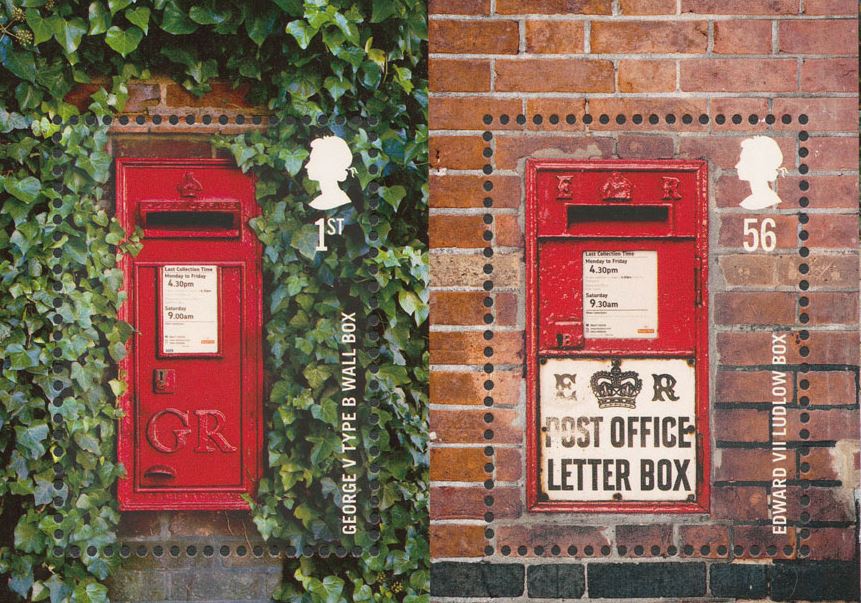
You will find, however, that in Scotland pillar boxes do not have ‘EIIR’ on them. This is because some Scottish people do not accept the current Queen Elizabeth as the second monarch of her name, since Queen Elizabeth I was never ruler of Scotland. Earlier pillar boxes with the cypher were vandalised and even blown up, and because of this they instead depict the Scottish Crown.
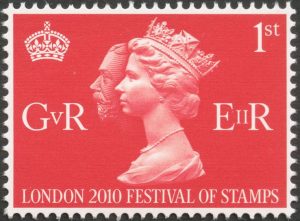
JOHN ROGERS is a self-employed Social & Postal Historian, specializing in the period following the end of World War II, until the present. His geographical study area covers the South, South-East, South-West, and Midlands of England, as well as the Welsh Marches.
He is compiling a study of every post office in this area, whether or not still in existence, and all allied aspects of Post Office activity, both from a postal-historical, and a socioeconomic perspective. This localized approach leads to an accurate overview of the organization, and the topics involved therein.
The study is leading to a catalogue-style central book, and a series of shorter texts dealing with key specific topics (e.g. the demise of rural post offices). The information is further utilized in all the lecture presentations, thereby ensuring that the latest up-to-the-minute research is instantly disseminated to a wider audience.
He divides his time between field studies, which includes visiting the post offices, and their local communities, to obtain an authentic grass-roots perspective on all issues contributing to the study, to liaising with many interested professionals/organizations, and lecturing. The lectures/presentations can be adapted to every level from interested groups (History/Social Studies/Church and Local Societies/Women’s Institutes/Townswomen’s Guilds), to relevant professionals in the wider educational field, in bodies encouraging rural enterprise, or in local Parish/District/Community Councils etc..
All presentations are extensively illustrated by slides, and/or other visual aids. Display material can also be provided, if discussed from the outset. Availability of a suitable screen and facilities for all presentations is appreciated: if not available on-site, facilities can be provided.
He has wide experience of lecturing and teaching at many levels, and contributes research through various media to a wide selection of sources. He also carries out research for others around the wider aspects of Postal and Social History, such as contributory material to family tree research.
Funding comes entirely from lecture and research work, and individual patrons interested in the subject. He receives no funding from any branch of the Royal Mail Group, formerly The Post Office, so there is a continuing need to find new patronage, and lecture/research projects.
